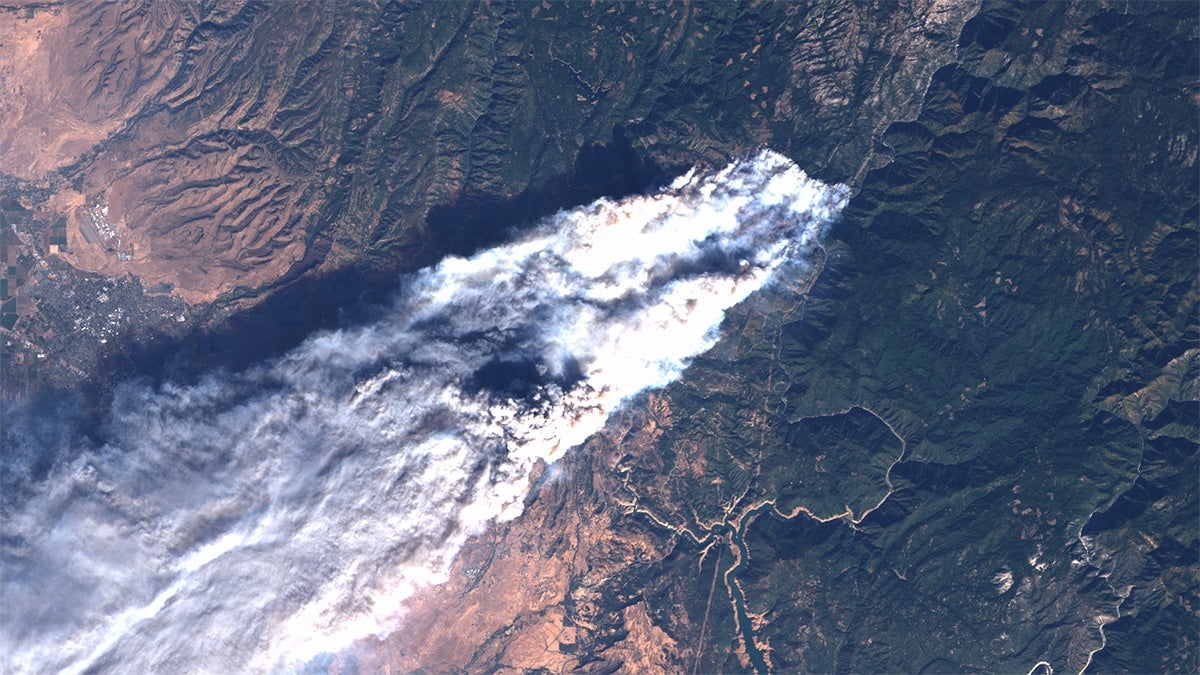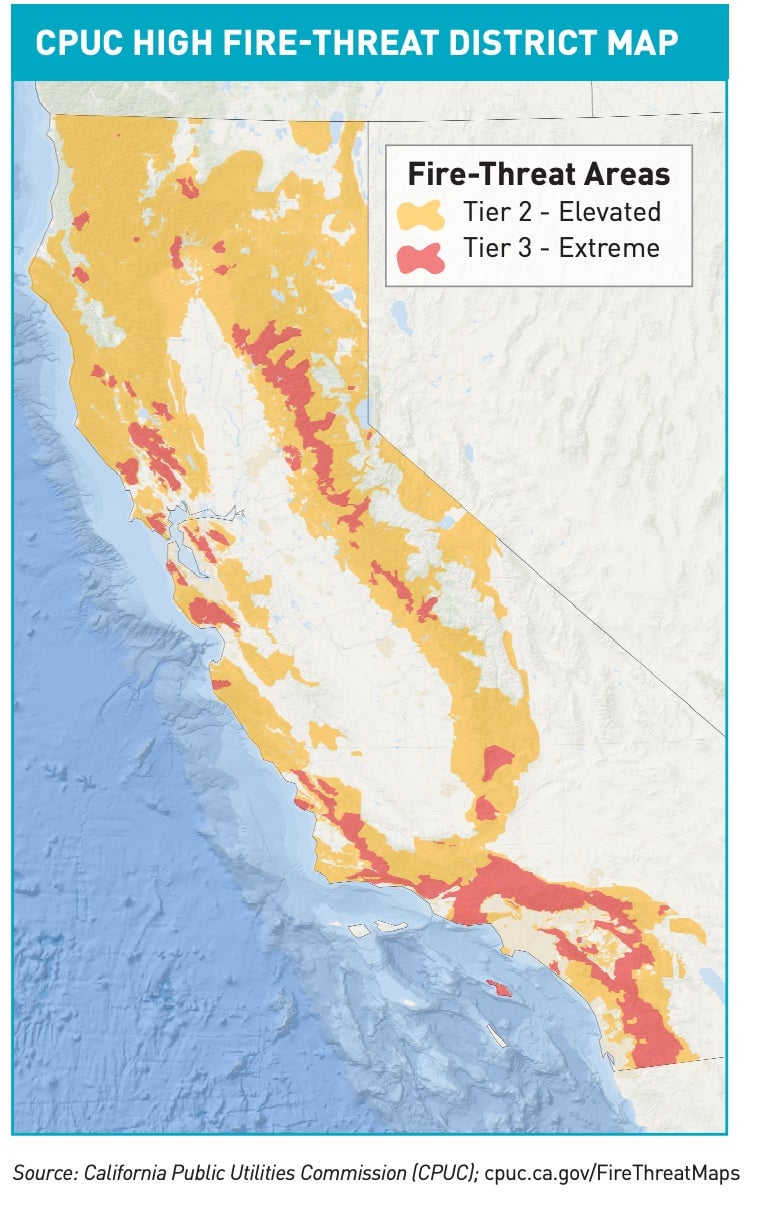California’s wildfires may be the best thing to happen to home batteries
Pacific Gas & Electric (PG&E) may leave millions of Californians in the dark this summer. The alternative is worse. Last summer, power lines sparked wildfires in remotes areas of the Sierra Nevada mountain range that killed at least 100 people, some still trapped in their cars, as fires consumed whole towns and more than 1.5 million acres.


Pacific Gas & Electric (PG&E) may leave millions of Californians in the dark this summer. The alternative is worse. Last summer, power lines sparked wildfires in remotes areas of the Sierra Nevada mountain range that killed at least 100 people, some still trapped in their cars, as fires consumed whole towns and more than 1.5 million acres.
The state’s bankrupt utility, which is facing a $30 billion bill (paywall) for wildfire damages, according to filings with regulators, see few options but to intentionally cut off power for millions of people during days with high fire risk. The intentional blackouts will be the largest in US history, reports the Wall Street Journal (paywall).

Such “Public Safety Power Shutoffs” aren’t going away. As transmission lines age and electricity loads increase, the risk grows that a new wildfire will break out. Power lines ignite fires after branches brush against them, or transmission poles snap, leaving live wires. Clearing trees and brush can take years, and improving infrastructure even longer. That’s compounded by extreme weather driven by climate change, which has turned America’s western forests into furnaces in waiting. Years of extreme droughts, followed by torrential rains, have left California’s wild lands full of dead and dying trees, as well as fresh growth to fuel new flames.
PG&E’s guidance to prepare for wildfire season (pdf) has little on offer: stay with friends and relatives, test your flashlights, and buy a generator. What it hasn’t promoted until recently is batteries (the utility’s page on self-generation warns batteries are “not likely…[to] save you money over the long-run”). But in a first this May, PG&E lawyers testified to regulators that the utility is proposing home batteries as a primary measure to cope with the expected blackouts. PG&E sent a statement but did not answer questions directly when contacted by email.
California’s wildfires appear to be supercharging a national trend. Solar installers are now retooling as battery installers.
The market for residential batteries remains is small — only a few hundred megawatt-hours were installed in 2018. But it’s growing tenfold year-over-year, reports Wood Mackenzie Power & Renewables. Home solar company Sunrun has installed 5,000 of its Brightbox systems — solar panels and lithium-ion batteries with eight to 12 hours of backup power — in the US and expects sales to double this year. “We are seeing increased consumer awareness of outages due to [the California] wildfires and receiving more questions from customers about home batteries,” said spokesperson Georgia Dempsey of Sunrun.
That’s the pattern after most natural disasters, says Nick Liberati of EnergySage, an online marketplace where people buy and sell home solar panels and batteries. After massive hurricanes struck Texas and Florida in 2017, EnergySage saw installations of the systems surge on its platform. Similarly, in Puerto Rico, record numbers of the island’s residents installed home battery systems after Hurricane Maria cut power for months. The pattern appears to be holding in California. Liberati says between July 2018 and March 2019, customer interest in energy storage on its marketplace rose 11% within PG&E’s service territory, more than double the national average.
Local installers in California are responding to a spike in solar panel and battery inquiries. “It’s definitely increasing the conversation around batteries,” said Martin Webb, sales manager for California Solar Electric Company in Grass Valley near last year’s wildfires. “People want to explore anything to get out of this relationship [with PG&E] they feel is very one-sided.” While many conversations hasn’t yet turned into installations, he suspects that may change once people experience being without power for days on end.
Scott Laskey, founder and CEO of Sandbar Solar in Santa Cruz, said a surge in installations is “imminent.” He’s seen a steady increase in customers installing solar and battery systems, and more firms opting to install batteries instead of generators. “Everyone is preparing for it,” he said. Laskey himself ended his connection with PG&E last year. After building a new 11,500 square foot warehouse, he was facing $70,000 in utility connection costs, a year-long wait, and $1,000 monthly electricity bills. Instead, he installed a solar and battery system that he says cut his monthly energy bill to zero except for a $9 natural gas charge. He expects it to pay for itself in the coming years. It may even prevent the next wildfire.